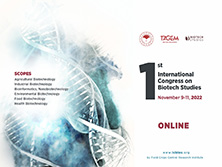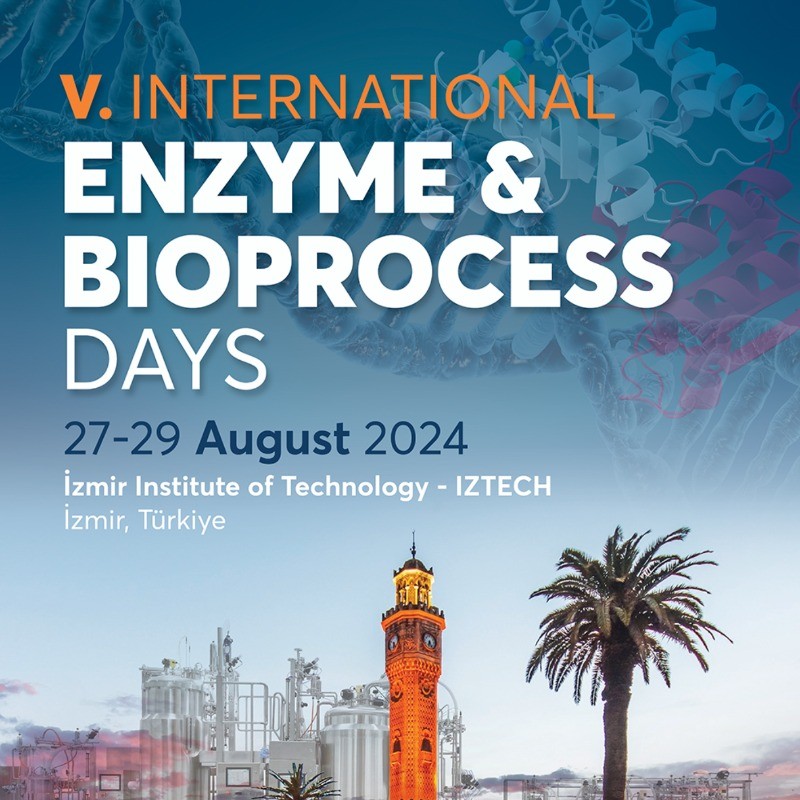Biotech Studies
2018, Vol 27, Num, 2 (Pages: 092-101)
Determining Feed Quality Values of Some Grass Species and Assessments on Relations Among the Traits with Biplot Analysis Method
2 Bingöl Üniversitesi, Genç Meslek Yüksekokulu, Bitkisel ve Hayvansal Üretim Bölümü, Genç-Bingöl, Türkiye
3 Dicle Üniversitesi Bismil Meslek Yüksekokulu Bitkisel ve Hayvansal Üretim Bölümü, Bismil-Diyarbakır, Türkiye DOI : 10.21566/tarbitderg.501484 - Knowing in advance nutritional contents and quality parameters of roughage used in livestock feeding is of great importance for a successful animal husbandry. This study was carried out to determine the feed quality of some grass species collected from natural vegetation of Dicle University campus in 2017. The material of the study consisted of 15 grass species, belonging to 13 genus of Poaceae family. The seed of the plant species were sown in plots separately in Research Area of Agriculture Faculty of Dicle University, Diyarbakır, in November 2017. The species were harvested for the forage analysis at the blooming period of the species. The samples of dry matter of the grass species taken from each plot with 3 replications were analyzed in Dicle University Science and Technology Application and Research Center (DUBTAM) Laboratories. The statistical analysis indicated that there were highly significant differences (P<0.01) among the grass species in terms all of the investigated traits. Additionally, the following ranges were determined among the 15 Grass species in the investigated traits; crude protein contents (CP) - 6.2-19.3%; dry matter contents (DMC) - 88.9-91.7%; acid detergent fiber (ADF) - 22.9-43.2%; neutral detergent fiber (NDF) - 45.9-74.6%; insoluble protein content in acid detergent (ADP) - 0.08- 0.63%; digestible dry matter content (DDM) - 55.3-71.0%; dry matter intake (DMI) - 1.61-2.62% and relative feed value (RFV) - 68.9-143.1. Mainly the following results revealed with biplot analysis. The investigated traits formed 5 separate groups. ADF and NDF contents traits took part in the same group. A positive interaction were determined among the dry matter, ADF and NDF features. Bromus tectorum was shown superiorty which has a low digestibility and dry matter content. It was remarkable that only Lolium perenne species came to fore for these traits. Finally; it was determined that there was a significant positive relationship between dry matter intake and relative feed value traits and Festuca arundinacea ve Phalaris canariensis species were found superior for the traits. Keywords : ADF, biplot analysis method, grass species, crude protein, NDF

















